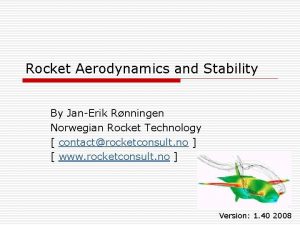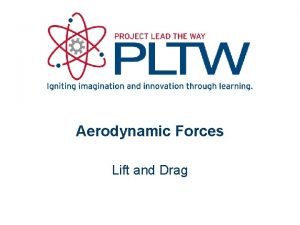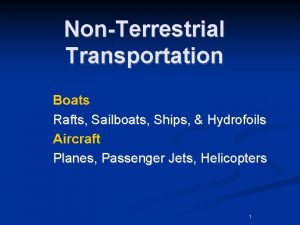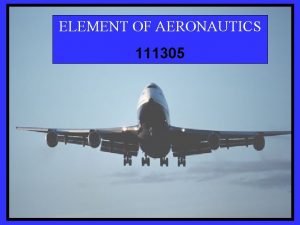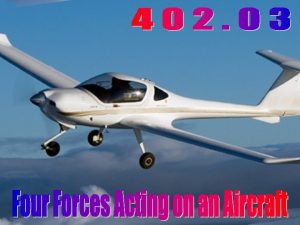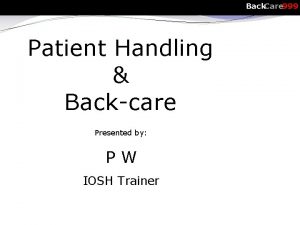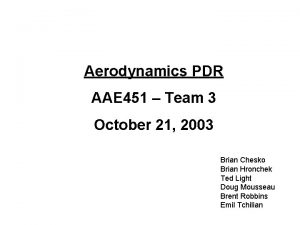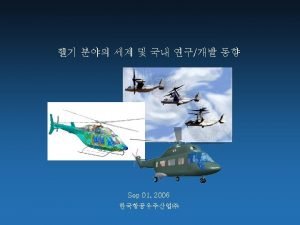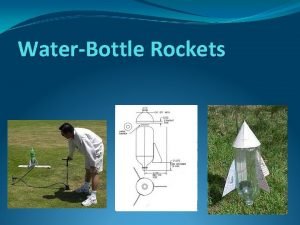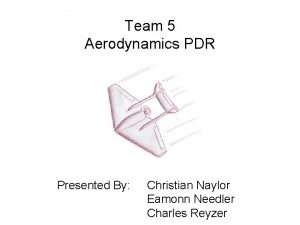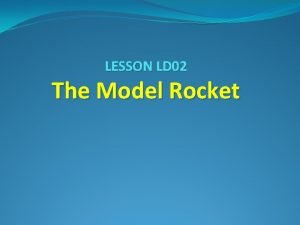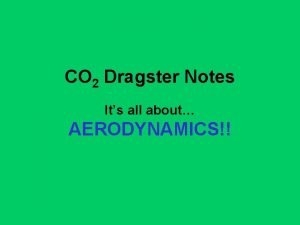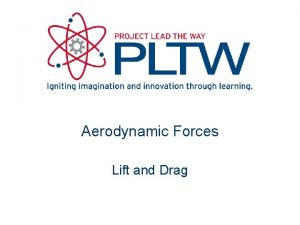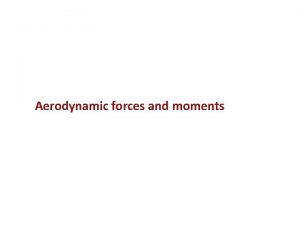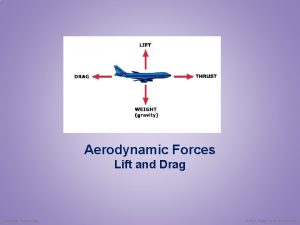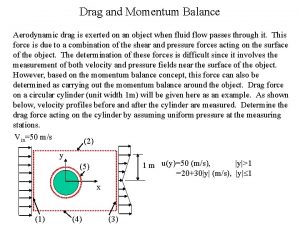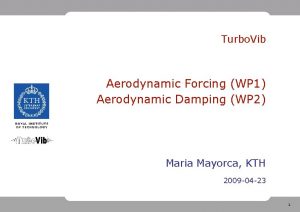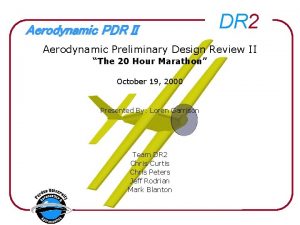Aerodynamic Forces Lift and Drag Lift Equation Lift











- Slides: 11

Aerodynamic Forces Lift and Drag

Lift Equation Lift • Coefficient of Lift, Cl – Determined experimentally – Combines several factors • Shape • Angle of attack Alternate format Direction of Flight

Applying the Lift Equation • The Cessna 172 from Activity 1. 2. 2 step #2 takes off successfully from Denver, CO during an average day in May (22 OC) with a standard pressure day (101. 3 k. Pa). Assume that the take off speed is 55 knots (102 kmph). What is the minimum coefficient of lift needed at the point where the aircraft just lifts off the ground? The Cessna wing area is 18. 2 m 2 and weight is 2, 328 lb (1, 056 kg)

Applying the Lift Equation • Convert mass into weight • Convert velocity

Applying the Lift Equation • Calculate Air Density

Applying the Lift Equation • Calculate coefficient of lift assuming that lift equals weight

Boundary Layer • Fluid molecules stick to object’s surface • Creates boundary layer of slower moving fluid • Boundary layer is crucial to wing performance

Boundary Layer and Lift • Airflow over object is slower close to object surface • Air flow remains smooth until critical airflow velocity • Airflow close to object becomes turbulent

Reynolds Number, Re • Representative value to compare different fluid flow systems • Object moving through fluid disturbs molecules • Motion generates aerodynamic forces Airfoil 1 Re 1 Comparable to when = Airfoil 2 Re 2

Angle of Attack (AOA) Affects Lift increases with AOA up to stall angle Airflow Lift Direction of Flight Lift Stall Lift Direction of Flight Angle of Attack

Reynolds Number • Ratio of inertial (resistant to change) forces to viscous (sticky) forces • Dimensionless number or
